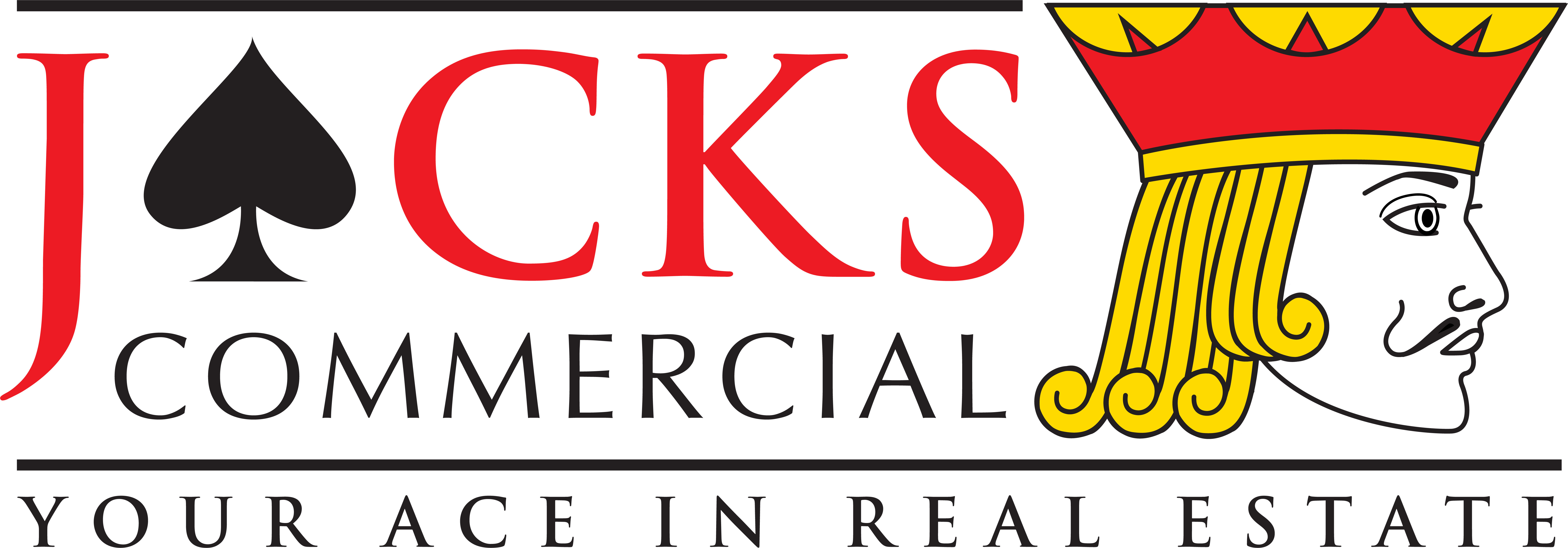
For commercial real estate investors in Sacramento, 1031 exchanges represent one of the most powerful wealth-building tools available. Named after Section 1031 of the Internal Revenue Code, these exchanges allow investors to defer capital gains taxes while building and diversifying their portfolios. Understanding how to effectively utilize 1031 exchanges can significantly impact your investment strategy and long-term wealth accumulation.
Understanding 1031 Exchange Basics
A 1031 exchange, also known as a like-kind exchange or Starker exchange, allows investors to sell commercial property and reinvest the proceeds into similar property while deferring capital gains taxes. The key requirement is that both properties must be held for investment or business purposes and be of "like-kind" – which, for real estate, means any real estate for any other real estate.
This powerful tool becomes particularly valuable as properties appreciate over time. Instead of paying potentially substantial capital gains taxes upon sale, investors can reinvest their full equity into new properties, allowing for continued growth and portfolio expansion.
Types of 1031 Exchanges
Simultaneous Exchange: The simplest form where both properties close on the same day. While this provides certainty, it's often impractical due to timing challenges and limited inventory.
Delayed Exchange: The most common type, allowing 45 days to identify replacement properties and 180 days to complete the exchange. This flexibility makes it practical for most real estate transactions while still providing tax benefits.
Reverse Exchange: Allows investors to acquire replacement property before selling their relinquished property. This strategy works well in competitive markets like Sacramento where desirable properties sell quickly.
Build-to-Suit Exchange: Permits investors to use exchange funds for property improvements or construction, provided specific requirements are met within the exchange timeframe.
Sacramento Market Advantages for 1031 Exchanges
Sacramento's diverse commercial real estate market provides excellent opportunities for 1031 exchanges. The region offers various property types across different price points, making it easier to find suitable replacement properties within required timeframes.
The market's stability and growth potential make Sacramento an attractive destination for out-of-state investors looking to exchange into California markets without Bay Area price points. Conversely, Sacramento investors can leverage their appreciated properties to acquire larger or better-located assets within the region.
Strategic Considerations for Sacramento Investors
Portfolio Diversification: Use 1031 exchanges to diversify across property types. For example, exchange a single office building for multiple smaller retail properties, or consolidate several small properties into one larger asset.
Geographic Diversification: Sacramento's central location allows investors to exchange into properties throughout Northern California while maintaining local market knowledge.
Cash Flow Optimization: Exchange from lower-yielding properties in established areas to higher-yielding properties in emerging Sacramento submarkets.
Estate Planning Integration: 1031 exchanges work well with estate planning strategies, allowing investors to defer taxes during their lifetime while providing stepped-up basis for heirs.
Common Pitfalls and How to Avoid Them
Timeline Management: The 45-day identification period and 180-day exchange period are strict deadlines. Start identifying potential replacement properties before listing your relinquished property.
Equal or Greater Value: Replacement property must be equal or greater in value than the relinquished property to defer all capital gains taxes. Plan for this requirement when budgeting for exchanges.
Boot Recognition: Any cash or non-like-kind property received triggers taxable gains. Structure exchanges carefully to avoid unintended tax consequences.
Related Party Transactions: Special rules apply when exchanging with related parties, requiring longer holding periods and additional compliance measures.
Working with Qualified Intermediaries
A qualified intermediary (QI) is essential for 1031 exchanges, holding exchange funds and ensuring compliance with IRS requirements. Choose QIs with strong track records, proper insurance, and segregated client funds. In Sacramento's active market, experienced QIs familiar with local practices and timelines provide significant advantages.
Market Timing and Strategy
Sacramento's commercial real estate market cycles create opportunities for strategic 1031 exchanges. During seller's markets, consider exchanging appreciated properties for larger portfolios in emerging areas. In buyer's markets, exchange into higher-quality properties in established locations.
Monitor interest rate trends, as they affect both property values and financing availability for replacement properties. Having pre-approved financing for potential replacement properties can provide competitive advantages in fast-moving markets.
Maximizing 1031 Exchange Benefits
Successful 1031 exchange strategies require long-term thinking and professional guidance. Work with experienced commercial real estate professionals who understand both Sacramento's market dynamics and 1031 exchange requirements. This expertise proves invaluable when identifying suitable replacement properties and navigating complex transactions within required timeframes.
Remember that while 1031 exchanges defer taxes, they don't eliminate them entirely. However, the wealth-building potential through continued property appreciation and portfolio growth often far exceeds the deferred tax obligations, making 1031 exchanges a cornerstone strategy for serious commercial real estate investors in Sacramento.
